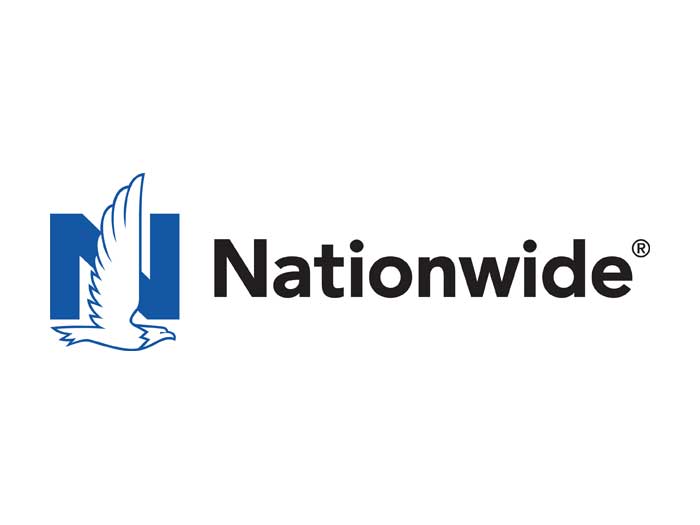The Latest P&C Market Update: Net Income Is Up. But so Are Expenses

2021 has proven to be an interesting year so far for the property and casualty insurance industry, and challenges and successes are likely to continue.
Global supply chain issues, natural catastrophes and the COVID-19 Delta variant continue to challenge us in new ways.
Carriers and agents have had to be creative to help policyholders through this tumultuous year.
Verisk and the American Property Casualty Insurance Association (APCIA) have released the first quarter 2021 results from their annual survey of property and casualty insurers focusing on various industry health metrics.
Unprecedented challenges resulted from the global pandemic and hardening market conditions, putting pressure on property and casualty carriers from every direction.
Here are the key takeaways from their first-quarter survey.
Key Results from the First Quarter Survey
Several metrics from the first quarter 2021 survey of property and casualty insurers are reporting figures of recovery and challenges faced throughout the industry.
In many cases, comparing the 2021 and 2020 numbers paints a picture of the complex situation we have faced across industries since the worldwide pandemic struck.
Combined Ratio
The survey found property and casualty insurers’ combined ratio eroded to 96.1% in the first quarter of 2021. Comparing this to 2020’s first-quarter result of 94.9% reflects some of the hardships faced by property and casualty carriers this year.
It’s a positive that the combined ratio is still below 100, but the increase seen in the first quarter of 2021 over 2020 is indicative of the challenges the industry has faced.
The increase in the combined ratio is mainly attributable to the increase in losses and loss adjustment expenses.
Personal lines insurers were hit harder by combined ratio deteriorations than commercial lines carriers.
Commercial carriers’ combined ratios actually improved by 0.9% in the first quarter of 2021, whereas personal lines carriers and carriers with balanced books between commercial and personal lines combined ratios fell by 2.4%.
Net Underwriting Gains
Net underwriting gains also decreased in 2021 when comparing the first quarter of 2021 to the first quarter 2020 results.
The 2021 first-quarter net underwriting gains were $3.3 billion compared to $6.2 billion reported in the first quarter of 2020, a 46.7% decrease.
Net Written Premiums
An area of growth and recovery can be found in net written premium with an almost 5% increase in the first quarter 2021 numbers as compared with last year.
First-quarter 2020 net written premium was $164.3 billion, and in 2021 the number rose to $172.3 billion.
Considering the average monthly growth for the last nine months of 2020 was just 1.4%, this result represents a positive turn-around in net written premium for P&C carriers.
However, not all lines of business enjoyed the same rate of recovery in net written premium.
The survey found carriers writing mostly personal lines had increases of approximately 3.9%, while carriers writing predominantly commercial coverage saw increases closer to 8% (excluding mortgage and financial guarantee insurers).
Carriers with a more even split between personal and commercial lines saw increases of only about 1.7% in the first quarter of 2021.
Direct Written Premium
Direct written premium is another area that varies considerably by the line of business.
For example, for all automobile lines, direct written premiums grew 3.7%. For workers’ compensation coverage, direct written premiums were down 6.7% in the first quarter. General liability premiums increased by 15.2% and fire and allied lines increased by 26.4% in the first quarter of 2021.
Policyholders’ Surplus
The survey showed policyholders’ surplus was up in the first quarter of 2021 as compared with the same time period in 2020.
However, this is one metric that can’t be directly compared — pandemic-related stock market fluctuations in early 2020 drove the large drop in policyholders’ surplus.
The extreme and abnormal market conditions — the Dow lost 37% of its value in a six-week period between February 12 and March 23, 2020 — makes it impossible to compare 2020 and 2021 numbers directly, although the increase this year is positive.
Losses and Loss Adjustment Expenses
Perhaps not surprisingly, losses and loss adjustment expenses (LLAE) rose in the first quarter of 2021 by 5.3%. This compares with an increase in the same period in 2020 of 3.6%.
The increase is attributable to a rise in catastrophic losses in the U.S. — the non-cat LLAE dropped in the first quarter.
Other underwriting expenses increased slightly by 1.3%.
Net Investment Income
In the first quarter of 2021, insurers saw a decrease in their net investment income to $12.8 billion compared with $13.2 billion in the first quarter of 2020.
Much of this investment income comes from the interest on bonds and stock dividends.
Cash and invested assets increased over the first quarter of 2021, even as net investment income declined. The average cash and invested assets increased by 11.6% compared to 2020 numbers.
What’s Next for the Rest of 2021 and Beyond?
The results of the Verisk and the APCIA’s first quarter 2021 survey show some cautiously optimistic results.
It is too soon to tell how the second, third, and fourth quarters will turn out, but if some key metrics continue on an upswing, the year should finish well for the property and casualty industry.
Overall, the first quarter survey results reflect this complex time in the insurance industry — and the world. Profitability ratios worsened while net income grew.
Results have varied greatly between personal and commercial insurers and among different lines of business as the pace of recovery ebbs and flows.
Rebounding from a complex and multi-layered global event like the COVID-19 pandemic will likely continue to take some time but the insurance industry is resilient, and results may continue to trend upwards for P&C carriers for the rest of the year.
As an industry, we are familiar with recovering from catastrophes.
Property and casualty insurers will need to keep focused on resiliency in the long term to see the industry through these complex times, but the news is promising from the first quarter 2021 Verisk and APCIA survey. &










